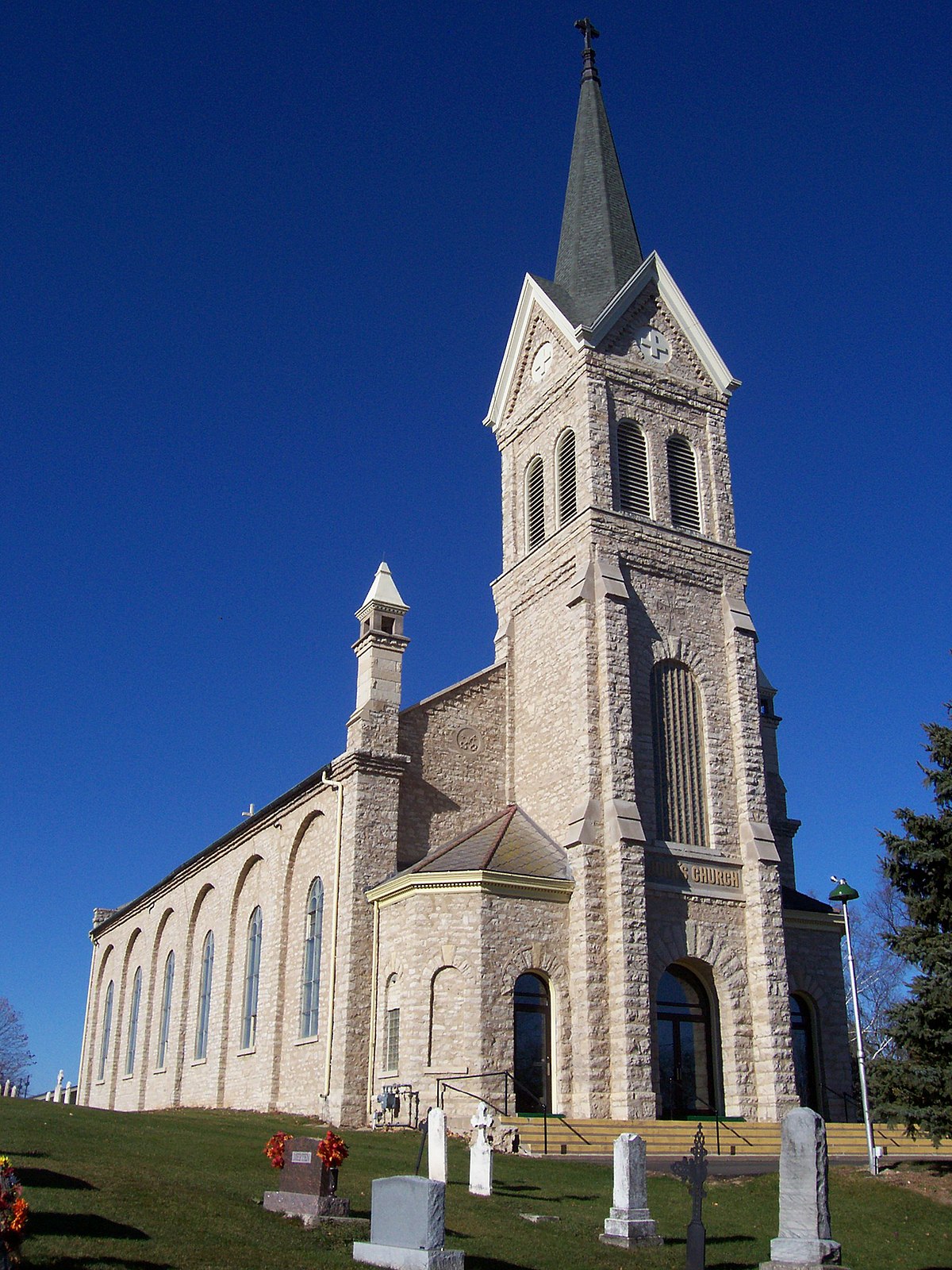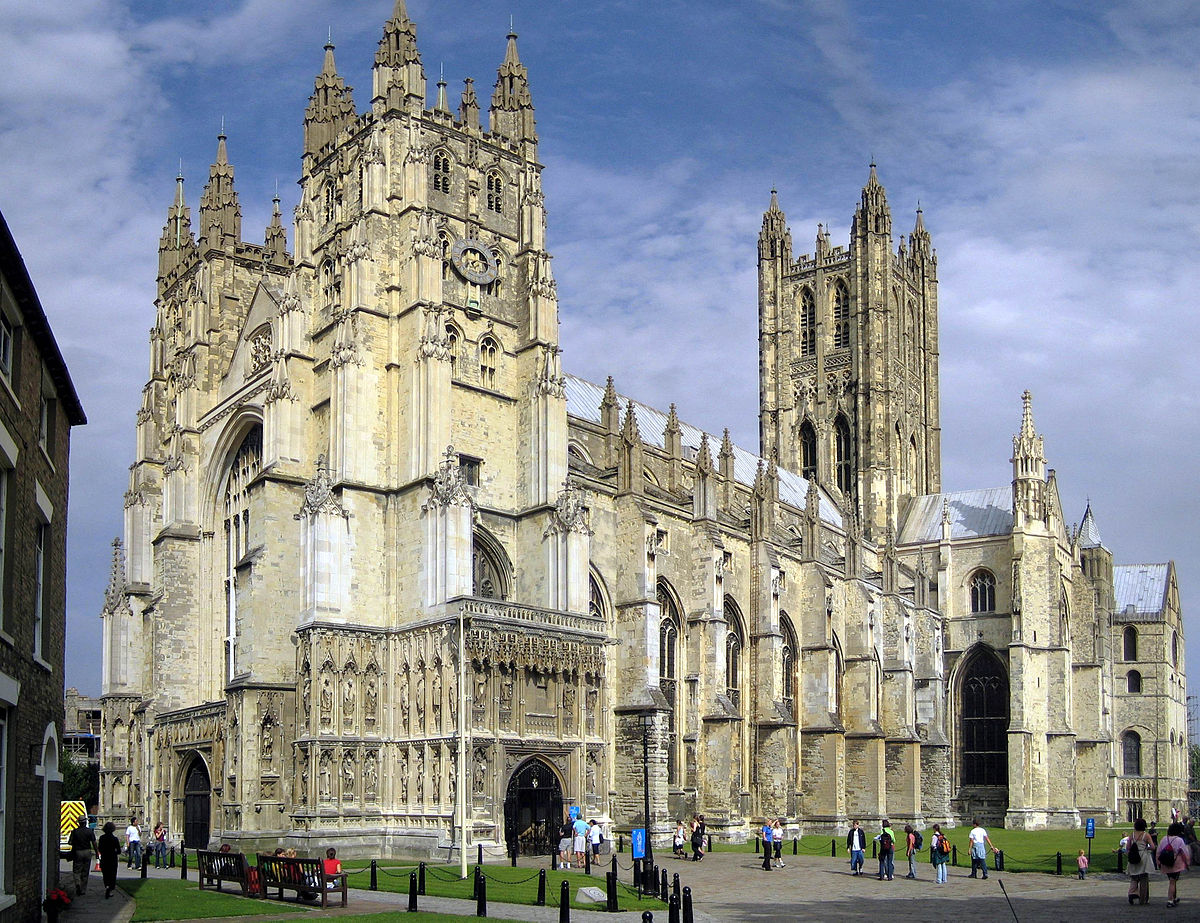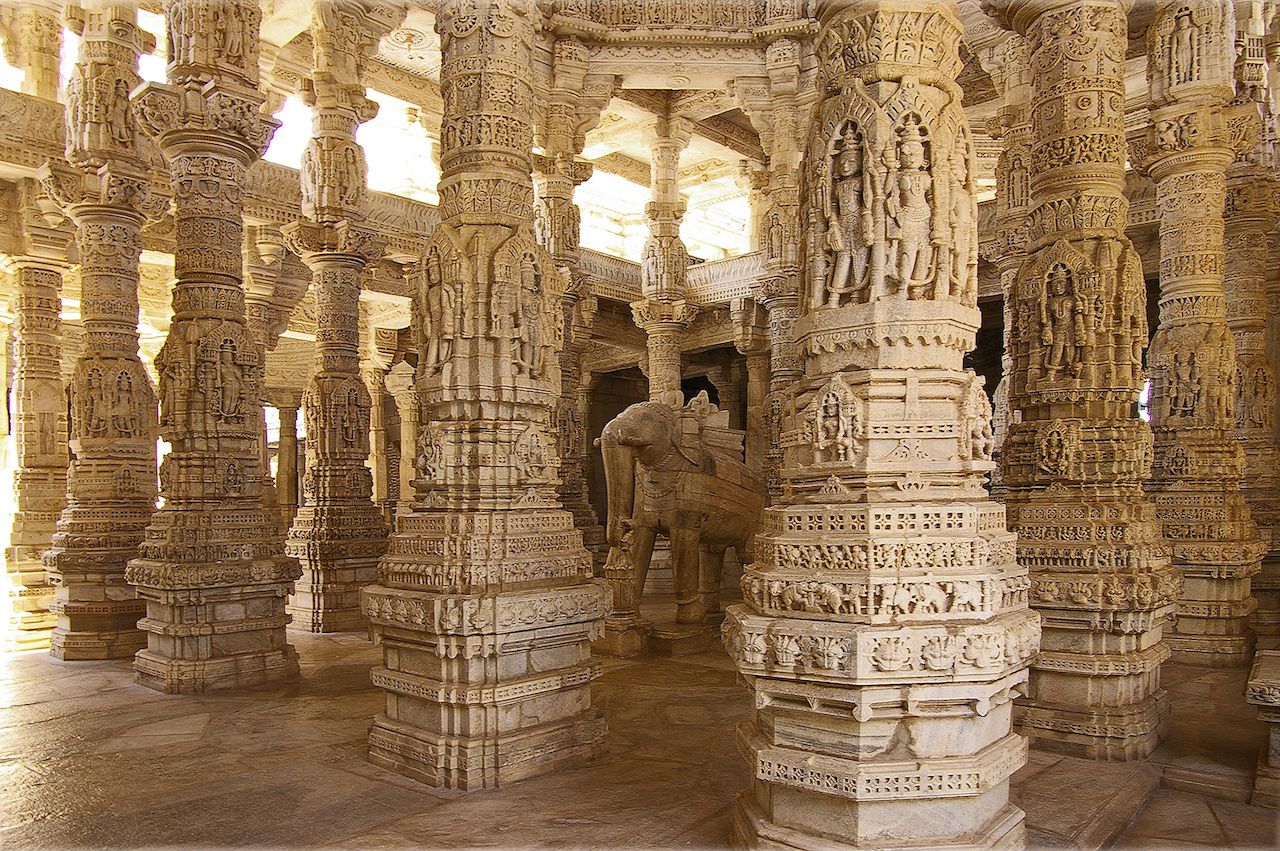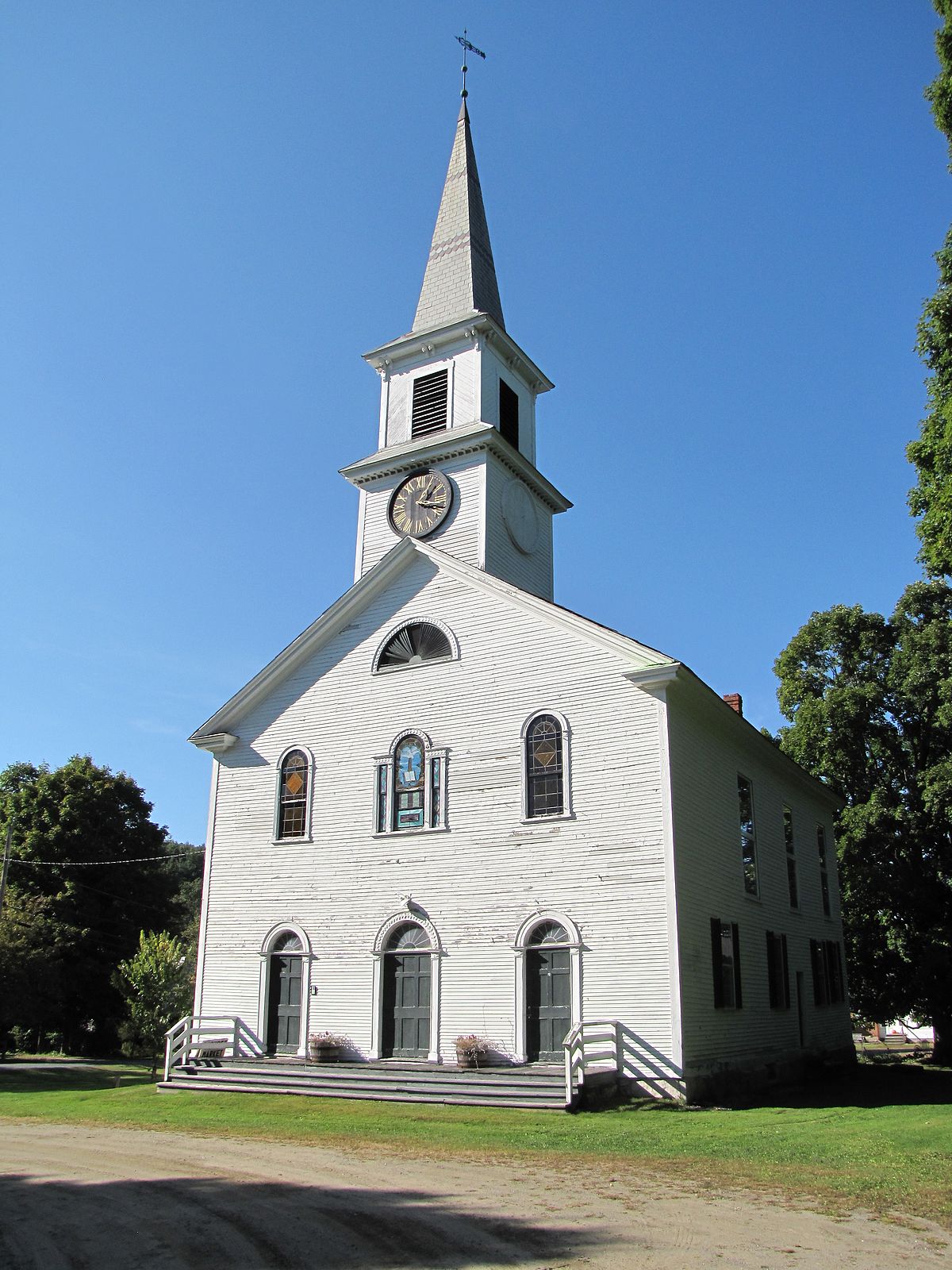God's Architecture
God's Architecture
In previous blogs I have discussed the notion of making place by marking the ground. I don't believe that there is a more significant form of this than in religious architecture. There are two types of religious places, ones which have occurred naturally such as certain mountains and rivers or man made religious sites.
This applies to architecture, as it is architects (and I use the term here as people who designed a building, and note solely the profession) who designed these magnificent structures. For an example of natural architecture in religion you could look at the yew tree and its significance to pagan people. They believed that yew trees were places where sacred spirits resided. It is most common to see yew trees adjacent to Christian churches. Trees can be seen as the buildings of nature, they provide homes and generate things such as oxygen and compost. You could compare trees to modern eco homes and how they both provide shelter but also give back to the planet. Similarly, yew trees are the residents of spirits, and it shows how nature the perfect architect has a positive relationship with the pagan culture. Architecture has a defining power over religion as it is a physical manifestation of faith in an ideology which is almost entirely spiritual.
Islam

Take the Kaaba grand mosque and its importance to Islam. The literal meaning of the word Ka'bah is cube. To say this mosque is important to Islam is an understatement, it is the holiest place in the whole of the Islamic faith. All Muslims where possible are required to visit the mosque at least once in their life and perform what is know as the Hajj (annual pilgrimage to Mecca). Even in prayer, all Muslims most orientate themselves towards the site no matter where they are in the world. The mosque is believed to be the Bayt Allah (House of God).
You could also take the Grand Mosque of Casablanca as an example, which has a capacity of 25,000 worshippers. inside there is no figurative depictions as it is seen as a sin to depict Allah, as it can be shown as disrespectful. I actually like the idea of not depicting a god, this allows for more individual thought on who you god is and how you believe in them. For a god to be depicted, makes the person who depicted them more powerful , as they are directly imposing their own view and ideals onto said religion. Instead of depictions they mosque gets it beauty from its ornate geometric design. The mosque even has a place to wash before prayer. These two examples show how powerful of a relationship architecture has with religion. For one building (the Kaaba) to hold so much importance, that when its worshippers pray they must face towards it, shows how impactful architecture can be on the lives of so many. This is not even a small religion, as Islam as of 2020 is the second largest religion in the world with a total of around 1.5 billion followers.
The site itself is both a natural religious site and an architectural human site. It is believed that even before Islam, various Bedouin tribes would gather at the site and settle differences and issues. The site originated as a tent in the 4th Century, until a brick version was built in the 5th Century. The idea that people came together and decided that a religious monument had to be designed and built is a wonderful concept and shows just how dedicated people are to their religions. It also indicates how closely religion relies on architecture to tell a story that is so easily changed over time. These buildings are monuments and the basis of an entire religion, which was long ago the responsibility of a person who wanted to make a more permanent symbol of his faith to his religion.
Christianity
Architecture and Christianity at first may seem as clear cut as a church for people to pray in and that's it. But these churches and buildings are much more important than that, much like the mosque is for Islam.

Take Lindisfarne Priory for example built in the 6th century. It was built by monks on the island of Lindisfarne and was the an important centre for Celtic Christianity, and was known as the holy island, and was the place at which Northumbria's patron saint, Saint Cuthbert was a monk and later abbot. In Christianity there is a common occurrence of isolated monastic communities forming their own sub religions based off of their main faith Christianity. These diverse range of sub-traditions all have their own architectural style to their churches and places of worship. Some of the most common of these sub-traditions in the UK are: Anglicans, Catholics, Baptists and Methodists). This connection between religious identity and architecture is evident in the style of these churches. What may have seemed like the same religion in terms of ideology, the style of their places of worship would depict their own views and changes to Christianity.



From left to right: Catholic, Methodist, Anglican and Baptist
A problem people had with Christianity and the church was its ever evolving forms and how it allowed sub-traditions to form. People would have a problem finding a church which followed their specific traditions and beliefs if they all followed a central Christian style. Architects of these churches and places of worship would add symbolic styles to the church depending on the specific tradition like the images above. This allowed the people of the time easily spot a church which followed their specific views.
Churches are also unique in the fact that the architects would uses churches as receptacles of symbolism and the styles of the time. Similar to standard building styles. The Wells Cathedral for example was the first Cathedral in the world to be built in the Gothic style.

The building is not the only place where architects and designers would add symbolic religious depictions. The stained glass windows would contain scriptures and depictions of famous religious events of Christianity. What is interesting to note is that yew trees are often present, showing the relationship that Christianity has with the pagan religions.
Architecture isn't only a means of people marking down their faith and imposing the ideas on others but also a way for people to determine their won faiths, and to differentiate with each other.
Some other examples of architecture playing parts in religion is in Buddhism. Buddhist temples directly call upon architectural techniques as part of their beliefs, such as the moon gate entrance and the use of a threshold (a common architectural technique to create a difference between areas) as a symbolic protective force which is used to avoid the bad spirits which resided at ground level. Buddhism also creates beautiful landscape settings within their temples which act as a microcosm of the world, and to show how humans are one (or at least should be) with the world. This is similar to modern architectural thinking where we try to think more about the impact a building might have and trying to get it to fall into place with its surroundings.
Similarly you could show the Jain temples of India, some of the oldest in the world, and the use ornate design within the temples.


Overall, architecture has a very important place win religion, which tends to be overlooked. Architecture is unique as it is one of a very few professions where one can create their own beliefs and form a physical manifestation of their religion. As stated at the start, architecture provides the grounding force to religion, as humans rely on being able to see and touch something as much as they believe in something that they are thinking. Architecture has most definitely in my opinion, shaped the way in which all humans view religion, and how powerful religion is to most of the human race. We just have to wait and see wether this was for better or worse.
"Architecture has recorded the great ideas of the human race. Not only every religious symbol, but every human thought has its page in that vast book."
-Victor Hugo


Comments
Post a Comment